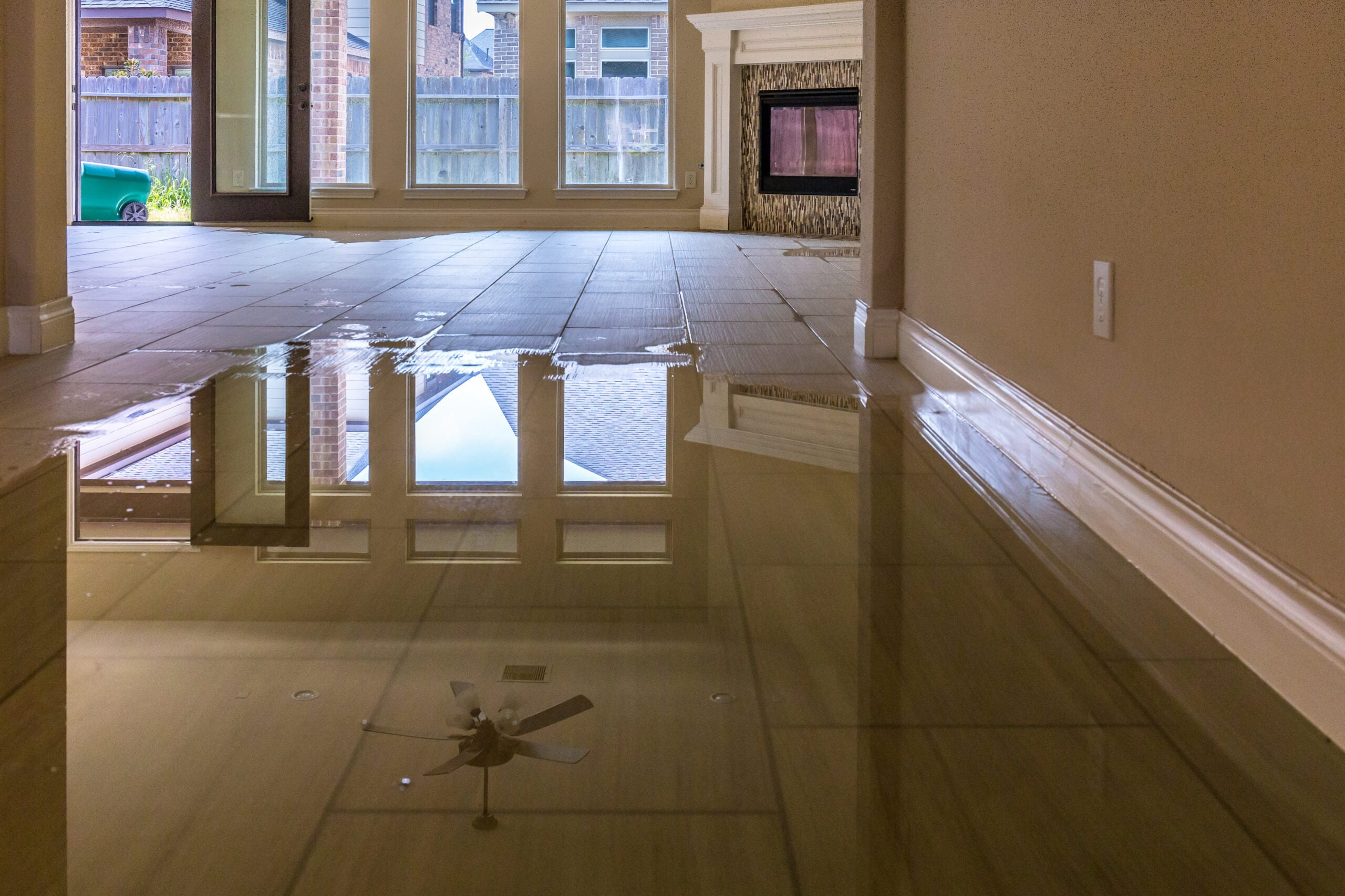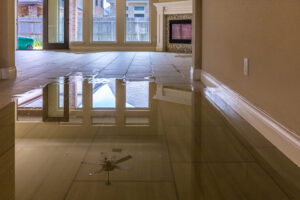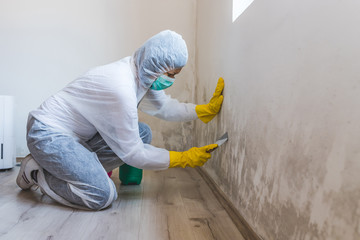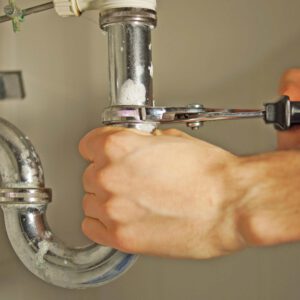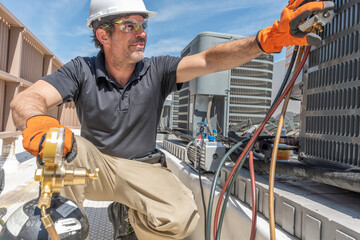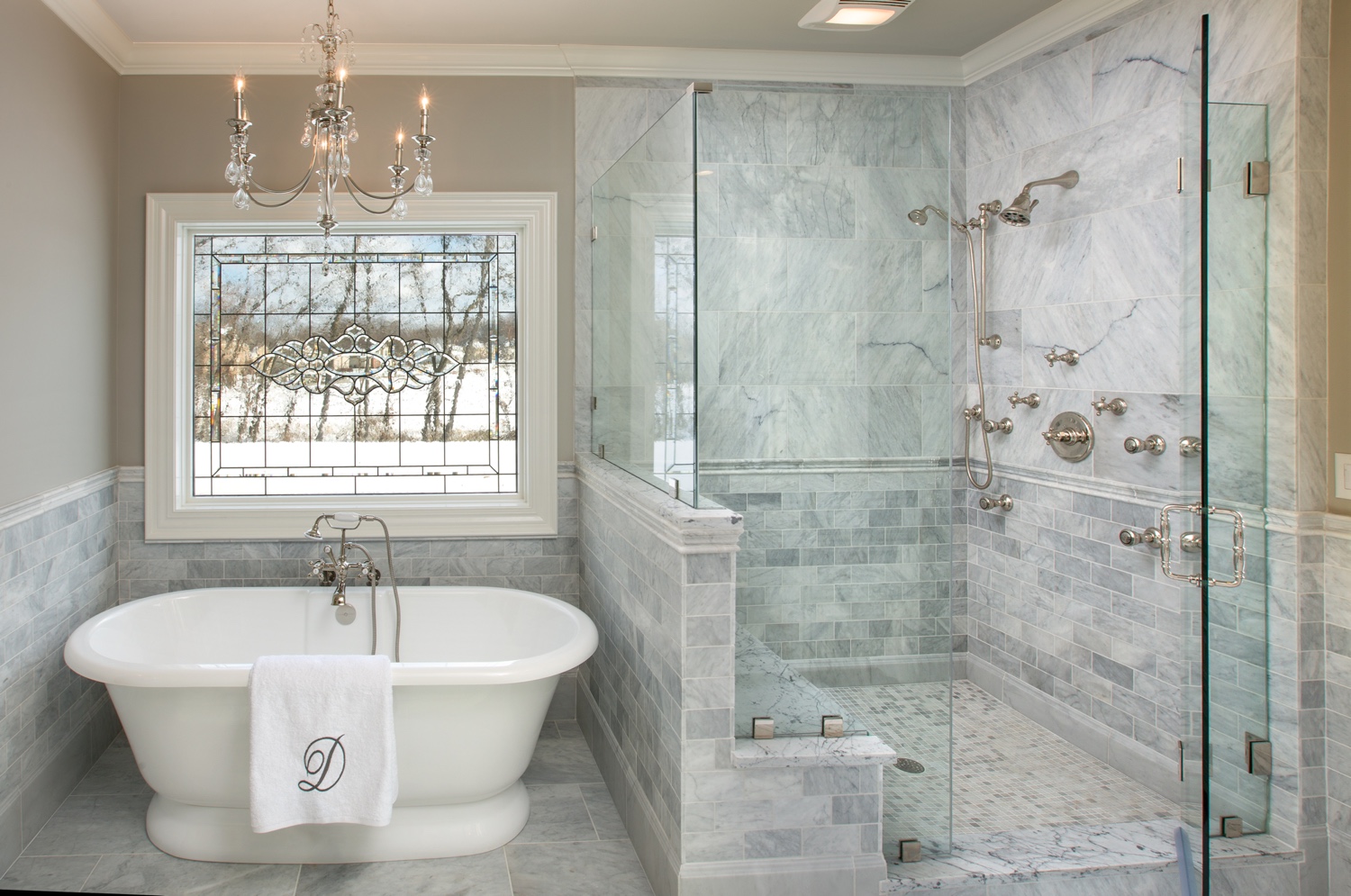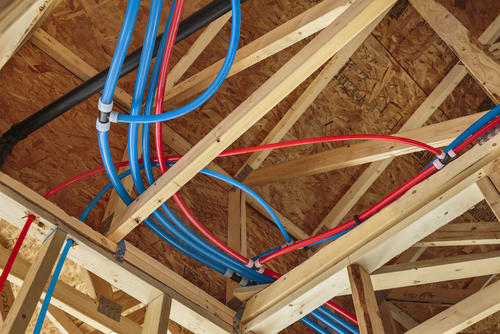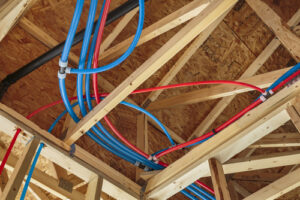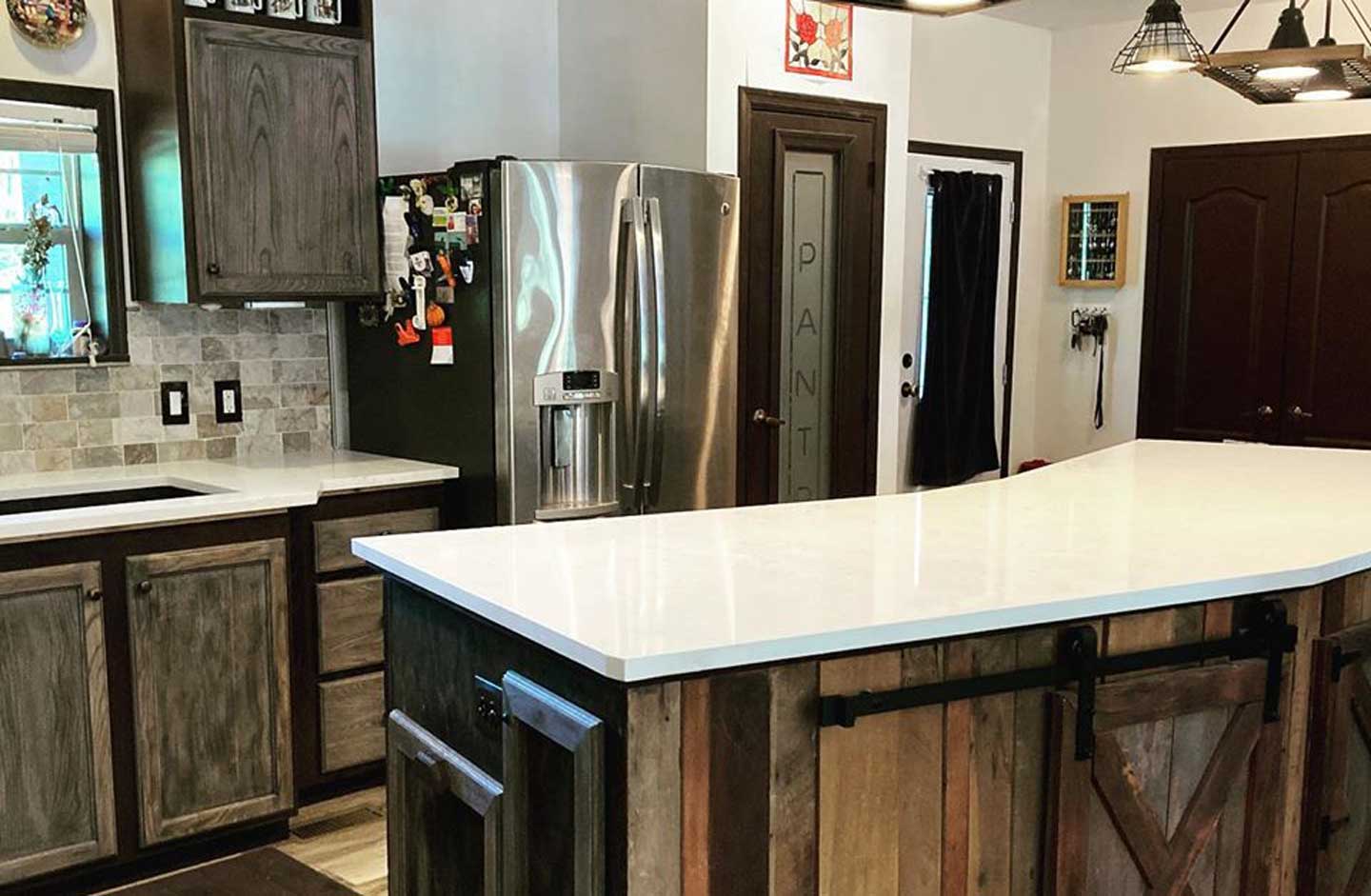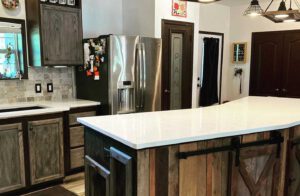Home repainting is a complex process. You have to plan your painting project and decide whether to do it yourself or hire a professional. The latter will cost you more money. But you should remember that hiring Home Remodeling Massachusetts will also save you more time and will do the job flawlessly. Here are some tips that will make the process go more smoothly: – Make a plan for the project.

- Start with a small area. A fresh coat of paint will make a room look larger and brighter. It will also give your home a new and fresh look. First, you will need to remove any old furniture, appliances, and other things from the room you plan to paint. Then, you can start the repainting process.
- Pick the right paint. Some types of paint are more durable than others. Paint with a high-quality finish is the best option for your home. This will ensure that it lasts longer and attracts more attention from passersby. If you are unsure of what type of paint to use, consult a professional painter in your area.
- Check the paint thoroughly. Look for cracks and bubbles. Paint that has been exposed to harsh weather conditions or vandalism can deteriorate over time. If the paint is beginning to peel, you may need to apply a fresh coat of paint. The paint should also be properly caulked. Peeling paint may indicate moisture problems or improper draining. It’s important to get the job done properly to ensure the protection of your home.
- Repainting siding can save you money. A paint job containing a minor touch-up will cost less than a complete repainting project. This type of paint will require less paint and less labor. If you need to paint the exterior of your home, consider getting a professional painter to do it. Repainting will increase the value of your home. A professional paint company will provide a free quote for the work.
- Before you start repainting, remove any furniture from the room. Before you begin the process, inspect the surface for imperfections. You can use the lightweight spackling compound to patch up these imperfections. Once the spackling compound is dry, you can start painting. If there is loose paint on the wall, you can use a wire brush or a paint scraper to remove it. You can also use a power sander to smooth out rough surfaces.
Besides enhancing the look of your home, repainting can also help protect it from environmental hazards. Most interior walls are made of materials that absorb moisture, but too much of this can damage the walls, which could be dangerous for the structural integrity of your home. Excessive moisture can also cause health concerns. Properly installed paint is designed to keep moisture from seeping into the walls. It also protects your home from pest infestations.
Repainting your home is a simple and inexpensive way to give it a facelift and increase its value. Typically, home repainting should be done every seven to ten years. Some factors, such as weather conditions, require you to repaint sooner. But the process will be much easier if you hire a professional.
Whether you’re repainting the interior or exterior, it’s important to pick the right type of paint for your home’s needs. High-quality paint can add years to your home’s appearance. You should look for a company that uses high-quality paint for its projects.
When repainting a room, neutral colors can increase the property value. They make it easier for potential buyers to imagine themselves living in the home. A neutral color also makes rooms look more inviting to buyers. Getting rid of distracting elements, such as personal items, will boost your home’s value.

